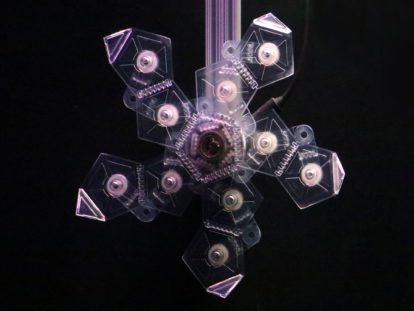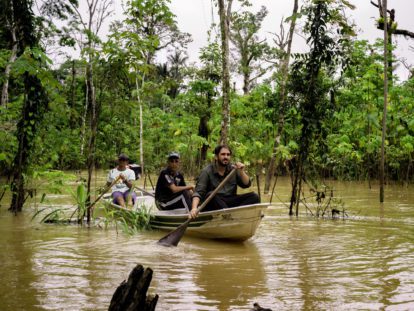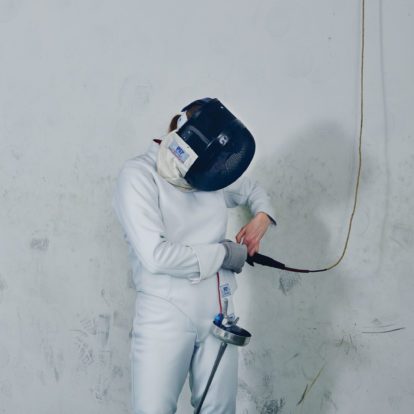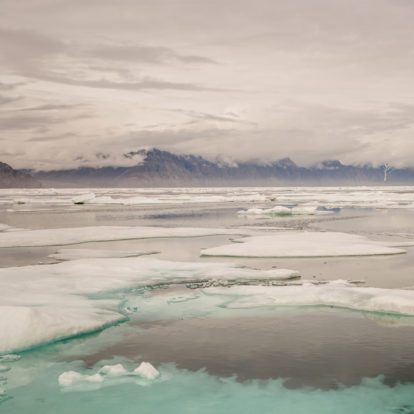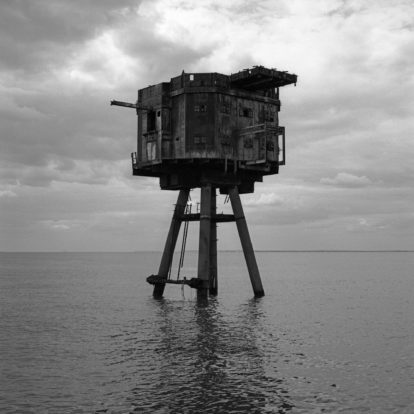In 1994 we moved out of our studio in London to embark on a 12-year period of extended field expeditions. We found that working together in austere conditions on land and in the ocean imbued our art with a sense of place and an authenticity, and spontaneity, that would have been hopelessly contrived had we attempted to produce it from the comfort of our studio.
There, out of our comfort zone and on the food chain, we were able to gain a sense of our subjects and to form a better idea of ourselves. We realised that there is no ‘us and them’, but that we are animals too – albeit ungainly, slow and out of our element.
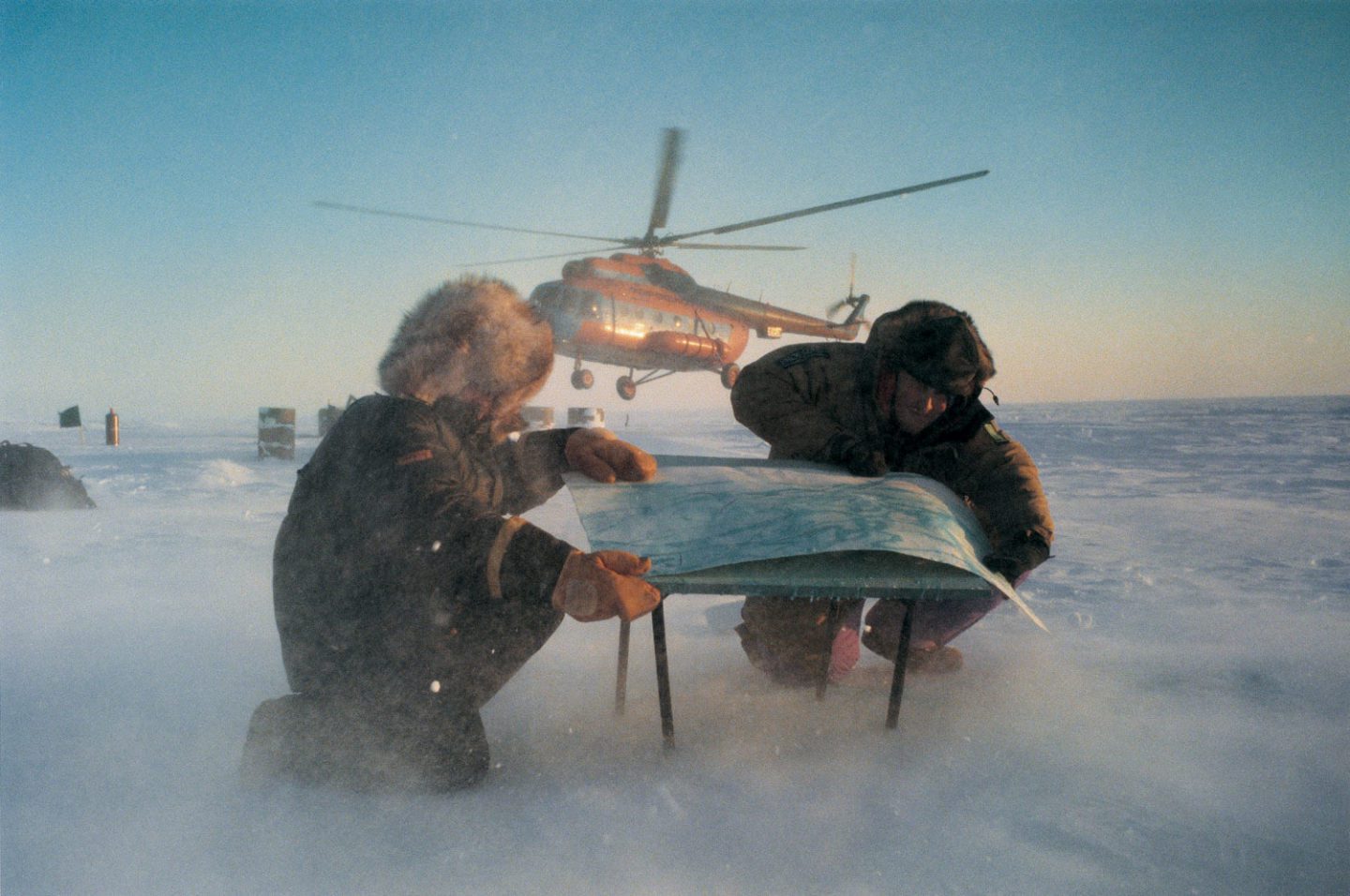
Working in these harsh conditions – from the jungle to arid deserts and the high Arctic – meant that we, as observers, could experience the animals’ environment, and as a result we lost direct control. Out in the wild our paintings froze and got muddy, were ripped, bitten, torn, soaked in salt spray and blood and stained by animal tracks. Trip by trip, the marks we gathered began to tell their own story.
Working in these harsh conditions – from the jungle to arid deserts and the high Arctic – meant that we, as observers, could experience the animals’ environment, and as a result we lost direct control. Out in the wild our paintings froze and got muddy, were ripped, bitten, torn, soaked in salt spray and blood and stained by animal tracks. Trip by trip, the marks we gathered began to tell their own story.
Out in the wild our paintings froze and got muddy, were ripped, bitten, torn, soaked in salt spray and blood and stained by animal tracks.
Over the past 30 years, our shared experiences in the wilderness have given us a glimpse of the daily challenges facing endangered animals and the habitats in which they fight to survive. We’ve never felt a sense of finite expertise, of understanding the whole story, and the more we push ourselves into life in the wild, the more we realise we have to learn.
Experiencing that first hand, forming our own ‘ground truth’ – our own unique perspective on the natural world – is vital to our art. It’s not something that can be gained through watching television documentaries or at the zoo and that, for us, makes it worth the journey.

